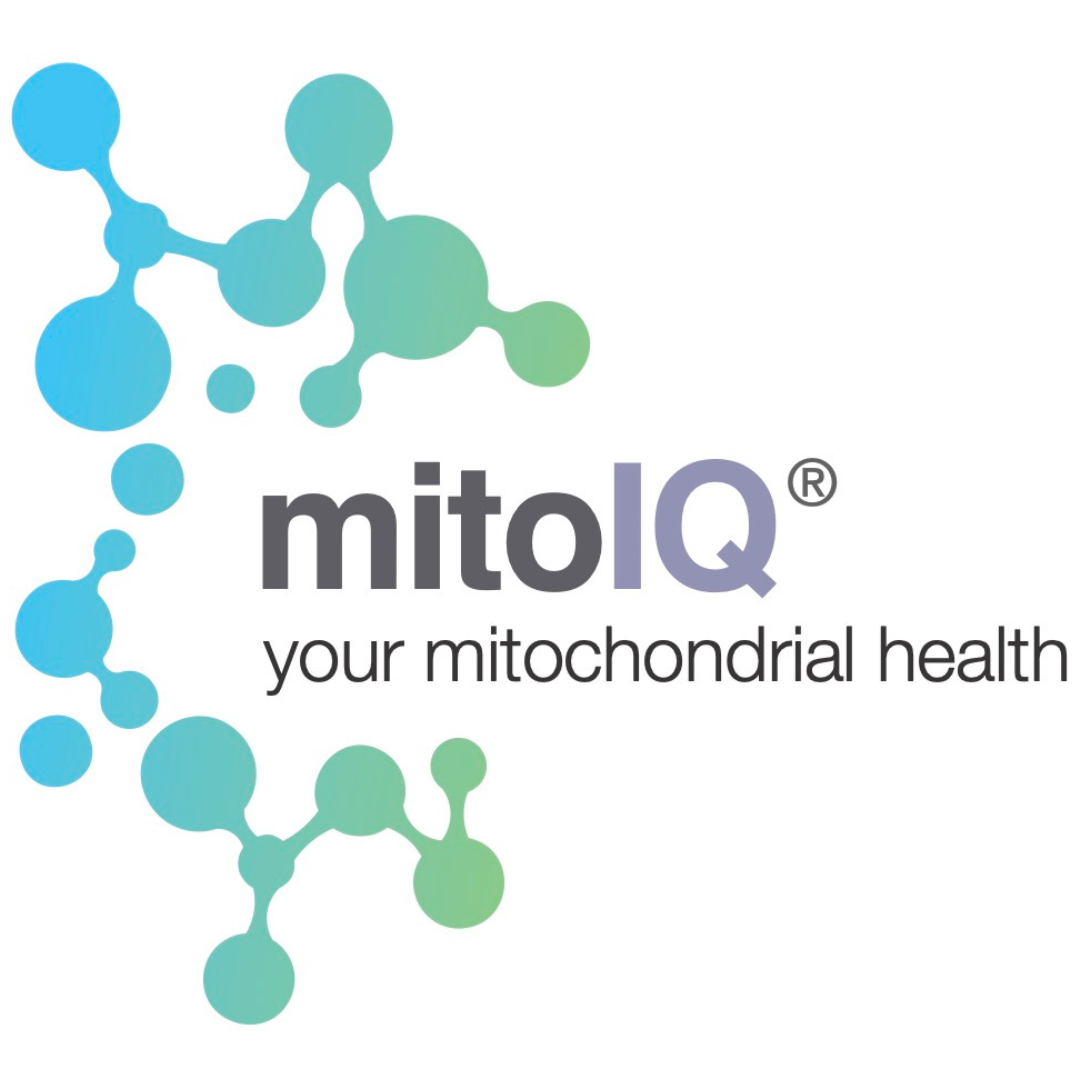
mitoIQ: Mitochondrial Test
World's first commercial mitochondrial test
Mitochondria are the powerhouses of your cells, and their numbers can provide crucial insights into your body's energy production.
This innovative and repeatable test allows you to establish a baseline, implement interventions to boost mitochondrial numbers, and measure improvements after three months.
The mitoIQ test is repeatable, allowing you to establish a baseline, implement interventions to enhance mitochondrial numbers, and re-swab to measure improvements every three months.
Mitochondrial copy number refers to the number of mitochondrial DNA (mtDNA) copies present in your cells. Mitochondria are the energy-producing structures within your cells, and having the right number of mtDNA copies is crucial for optimal energy production.
Low mitochondrial copy number has been linked to accelerated aging, chronic fatigue, cognitive decline, increased inflammation, metabolic disorders, and decreased quality of life.
Our test is designed to help you:
- Accurately assess your mitochondrial capacity and cellular energy levels.
- Monitor the effectiveness of dietary, lifestyle, exercise or supplement regimens.
- Optimize your energy, combat aging, and maximise your longevity.
Our simple and non-invasive test uses a buccal (cheek) swab to analyze your mitochondrial copy number. Our cutting-edge technology provides accurate and reliable results, which are then reviewed by our expert scientists.
Your test results will reveal:
- Your mitochondrial copy number.
- Whether your copy number is within a healthy range.
- Targeted recommendations for increasing your mitochondrial copy number.

